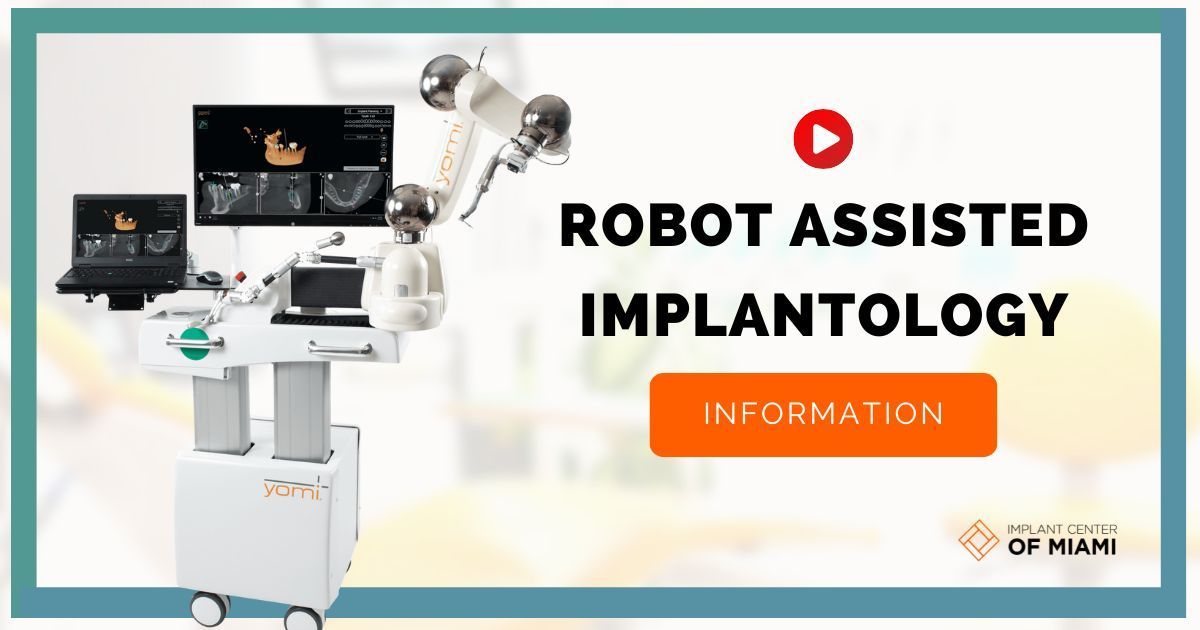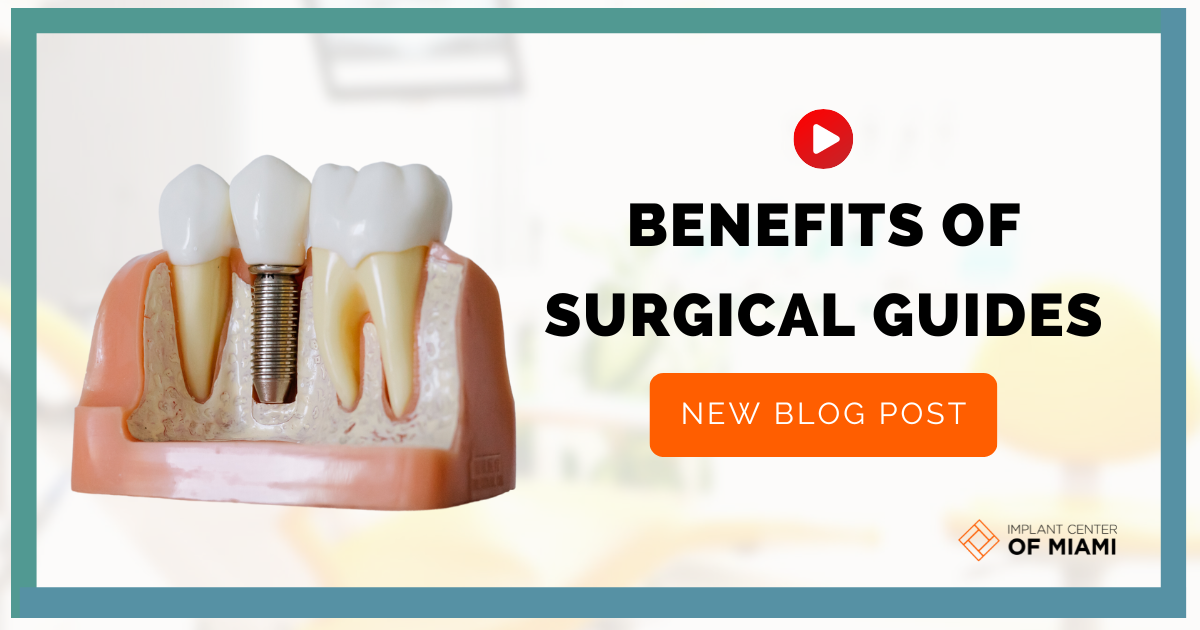Comprehensive Guide to Dealing with Crown Decay After a Root Canal in Miami
Decay under a crown with a root canal can be a troubling dental issue, even in sunny Miami. This dental predicament is more common than one might think and needs professional intervention. When you've already experienced a root canal, the last thing you want is further decay. However, it can occur beneath the seemingly protective cover of the crown. Addressing the issue swiftly is necessary to maintain oral health and avoid additional complications. Here in Miami, numerous dental professionals specialize in such cases, providing expert care and treatment options.
Request an Appointment
Understanding the Basics: Decay under Crown with Root Canal Miami
In Miami, understanding dental basics like decay under a crown with a root canal is vital. This issue arises when bacteria enter through a leak in the crown, causing decay in the underlying tooth structure. The decay may reach the root canal, often unnoticed, leading to serious complications. Regular dental check-ups ensure early detection & prompt treatment.
The common Causes of Decay under Dental Crowns
Decay under dental crowns commonly occurs due to poor oral hygiene, allowing bacteria to seep and breed under the crown. Unfit crowns cause tiny gaps, enabling food debris to get trapped, which may lead to decay. Inadequate dental visits also contribute to unchecked decay advancement.
The Symptoms of Decay Under a Crown in Root Canal Treated Teeth
Decay under a crown in root canal-treated teeth may manifest as sensitivity to heat or cold, persistent pain, swelling, and change in color. A loose or ill-fitting crown may also be a sign. Sometimes, the symptoms may not be apparent until the decay is advanced.
Prevention Measures: How to Prevent Decay under Crowns in Miami
In Miami, preventing decay under dental crowns involves daily brushing with fluoride toothpaste, and flossing to remove food particles, plaque, and tartar. Regular dental check-ups are essential for timely detection. Avoiding sugary foods and drinks also helps maintain oral health.
Exploring the Relationship between Root Canals and Crown Decay
Root canals and crown decay are interconnected dental issues. A root canal involves removing decayed dental pulp, often preventing further infections. Over time, a treated tooth might need a crown for protection. However, poor oral hygiene can lead to crown decay, possibly necessitating another root canal. Proper care is vital in maintaining oral health after these procedures.
The Impact of Crown Decay on Root Canal Therapy
Crown decay significantly impacts root canal therapy. It can lead to infection reaching the root system, necessitating therapy. In severe cases, the entire tooth structure, including the root, gets compromised, affecting the success of therapy. Enabling access for canal cleaning and filling may become challenging. Thus, crown decay alters treatment effectiveness.
The Process of Diagnosing Crown Decay in Root Canal Patients
Crown decay in root canal patients is diagnosed using dental examinations and X-rays. Dentists examine the tooth and surrounding gums for signs of decay or infection, while X-ray images provide views of the internal structures. If decay is found under the crown structure, it often indicates a recurrent infection or inadequate sealing of the root canal. Medical history and symptoms, like pain or swelling, further support the diagnosis.
Underlying Issues: How Decay Happens Beneath a Crown
Dental decay beneath a crown occurs when bacteria invade through a gap or crack in the crown, finding their way to unsealed tooth enamel. Poor dental crown fitting, damages, or inadequate oral hygiene pave the way for such bacteria. Over time, these bacteria cause decay, posing a risk that often unnoticed until pain or infection occurs.
Treatment Options of Decay Under Crown with Root Canal in Miami
In Miami, treating decay under a crown with a root canal can include procedures like crown replacement or root canal retreatment. Skilled practitioners employ effective techniques to remove decay and seal the tooth. Follow-ups ensure no recurring decay or infection, maintaining oral well-being.
Case Studies: Real-life Experiences with Decay under Crowns in Miami
In Miami, many have faced decay under dental crowns, making it a health concern. These case studies represent real-life experiences battling decay. Dental patients initially notice persistent discomfort, necessitating professional intervention. The dentists discovered decay hidden beneath the crowns, causing the discomfort. Swift precision treatment saved these patients from further health repercussions.
The Unsettling Connection: How Poor Dental Hygiene Leads to Crown Decay
Poor dental hygiene can have unsettling connections with crown decay. Neglecting oral care like regular brushing and flossing leads to cavity formation. Over time, these cavities grow and erode the tooth's crown, leading to its decay, thereby underlining the importance of maintaining good dental practices.
Innovative Approaches to Treating Decay under Crown with Root Canal
Innovative approaches for treating decay under a crown with root canal involve using state-of-the-art technologies such as the dental operating microscope for precision identification and treatment. Digital radiography efficiently locates decay while advanced endodontic techniques, like warm vertical compaction, ensure superior root filling. Minimally invasive procedures reduce patient discomfort and enhance recovery. These advancements contribute to improved dental decay management.
Cost and Financing: Affording Treatment for Decay under Crowns in Miami
In Miami, affording treatment for decay under crowns can be a financial challenge. Costs vary widely, depending on the complexity of the procedure. Many dental offices offer payment plans and financing options. In addition, some dental insurance plans may cover a part of the costs.
Importance of Regular Dental Check-ups in Detecting Under Crown Decay Early
Regular dental check-ups are pivotal in the timely detection of under crown decay. Frequent check-ups allow dentists to identify potential anomalies and start treatment early, avoiding extensive damage, pain, or tooth loss. Early detection saves time, money, and ensures oral health.
Expert Advice: Miami Dentists on Decay under Crown with Root Canal
Top Miami dentists explain decay under a crown can still occur despite having a root canal. They emphasise that maintaining good oral hygiene is crucial to prevent bacteria from infiltrating the edges of the crown and reaching the underlying tooth structure. Regular dental check-ups can help detect and address such issues promptly.
Ensuring Success: Post-Treatment Care and Tips
Post-treatment care is an essential part of ensuring success in recovery. This involves following a planned regimen, which may include medication, lifestyle changes, regular follow-ups with the healthcare provider, and home healthcare or rehabilitation. Patients should stay committed, proactive, and consistent in their care. Adequate rest, a balanced diet, and mental wellness are also important for overall recovery.
The Role of Modern Dental Technology in Treating Under Crown Decay
Modern dental technology plays a vital role in treating under crown decay. Digital x-rays provide accurate images for early detection while laser dentistry ensures efficient removal of decay. CAD/CAM technology aids in precise crown manufacturing, and air abrasion enables decay removal without drilling. These techniques enhance patient comfort, reduce treatment time, and improve outcomes.
The Long-Term Effects of Untreated Decay under Crown with Root Canal
Untreated decay under a crown with a root canal can lead to serious long-term consequences such as chronic tooth pain, abscesses, gum disease, and even tooth loss or systemic infection. This could compromise overall oral health and potentially, the patient's general well-being.
Patient's Guide: Preparing for Treatment of Decay Under Crown in Miami
If you're preparing for treatment of decay under a crown in Miami, you'll need to find a qualified dentist with experience in this procedure. Next, ensure you understand the treatment plan, risks, recovery process, and costs involved. Preparing mentally and physically can ease anxieties. It's crucial to maintain good oral hygiene and follow your dentist’s pre-surgical instruction to hinder any complications before the treatment.
Understanding the Role of Diet in Preventing Decay under Crown with Root Canal.
Understanding the role of diet in preventing decay under a crown with root canal is critical for dental health. Sugary or acidic foods can lead to decay, exacerbating problems under the crown. Adopting a diet rich in calcium, vitamin D, and phosphorous is beneficial as these nutrients contribute to tooth health. Regular water intake is also advised.
Nearing the Finish Line: Summing Up All About Decay under Crown with Root Canal Miami
Root Canal Miami is a leading dental clinic specializing in treating decay under the crown. The treatment involves removing the infected pulp, cleaning, and sealing the tooth. This intricate procedure wards off further decay and infection, restoring oral health and function. Nearing completion, the clinic's diligence in ensuring patients' comfort and long-lasting results is to be commended.
Frequently Asked Questions
Dental Financing Options
Checking your options will not impact your credit score!
Apply Online in 30 Seconds
Fund Your Account
Start Your Treatment
Read Our Blog


Office Locations
Contact Us
For more information or to schedule an appointment, call us at 786-713-9290 or complete the form.
What Happens After I Send My Message?
Implant Center of Miami: Website Message
Locations Information
Our Services
Quick Links
Office Hours
- Mon - Fri
- -
- Sat - Sun
- Closed



